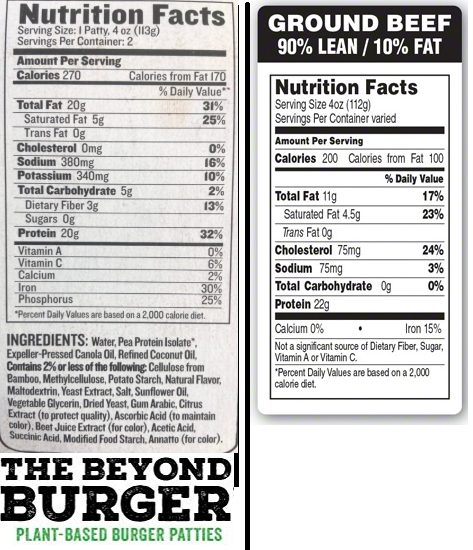With sources listed on each claim, the below documentary shows how vegetable based meat is made.
The primary ingredient is soybean protein.
But Soybean protein, when extracted, taste absolutely terrible and looks like moist sawdust.
So how do you think they turn this product that taste terrible, looks like wet sawdust into a material that taste and looks just like rea meat?
Easy.... CHEMICALS. And LOTS of them.

And there have been numerous studies showing that several of those chemicals are KNOWN CARCINIGANS. As well as known human toxins. And in quantities that are WELL surpassed in what is allowed in actual meat.
But vegetable based products are NOT UNDER THOSE RESTRICTIONS.
WHY?
Even though Impossible Industries own documentation supplied to the FDA shows it has over the limits of these known toxins - the FDA rubber stamped it "with no further questions". They literally didn't even ask a single question.
The primary ingredient is soybean protein.
But Soybean protein, when extracted, taste absolutely terrible and looks like moist sawdust.
So how do you think they turn this product that taste terrible, looks like wet sawdust into a material that taste and looks just like rea meat?
Easy.... CHEMICALS. And LOTS of them.
And there have been numerous studies showing that several of those chemicals are KNOWN CARCINIGANS. As well as known human toxins. And in quantities that are WELL surpassed in what is allowed in actual meat.
But vegetable based products are NOT UNDER THOSE RESTRICTIONS.
WHY?
Even though Impossible Industries own documentation supplied to the FDA shows it has over the limits of these known toxins - the FDA rubber stamped it "with no further questions". They literally didn't even ask a single question.



